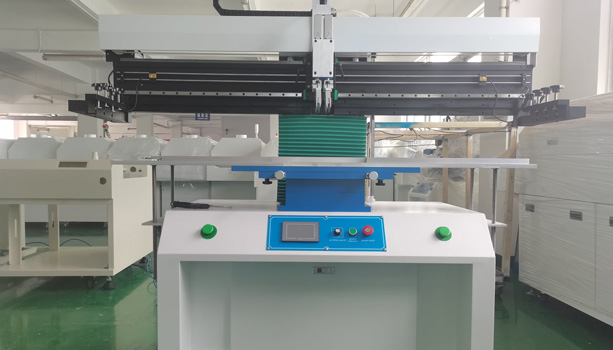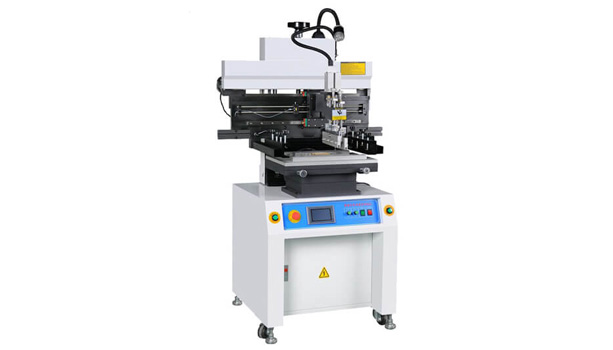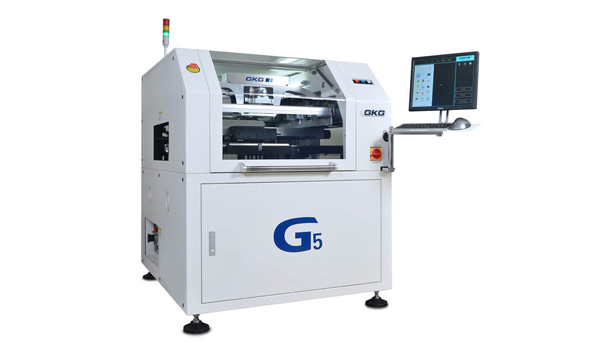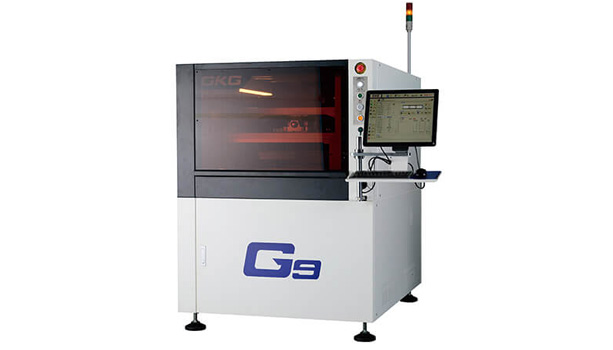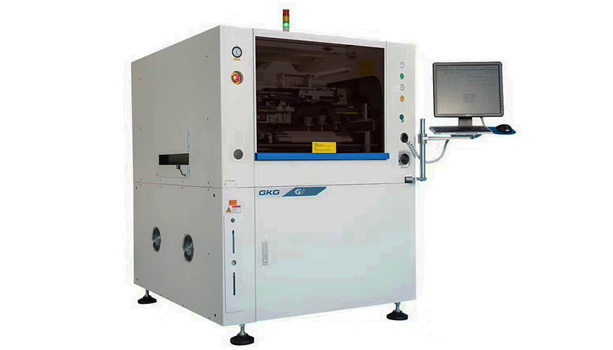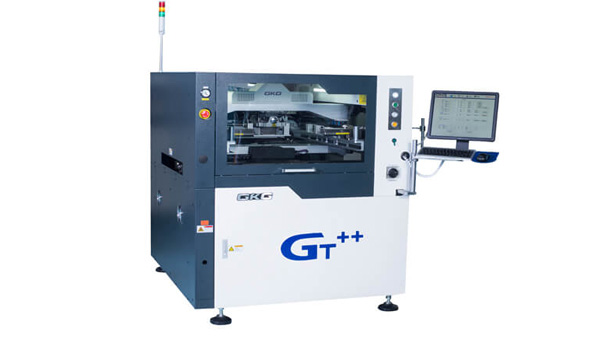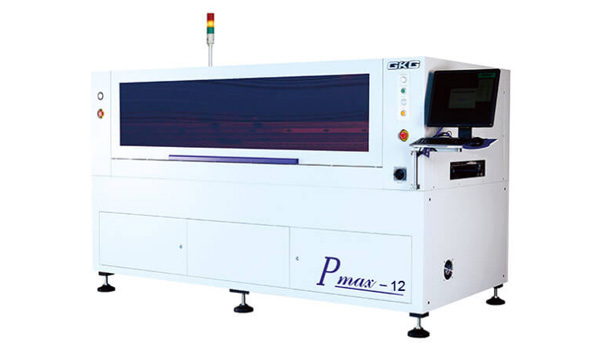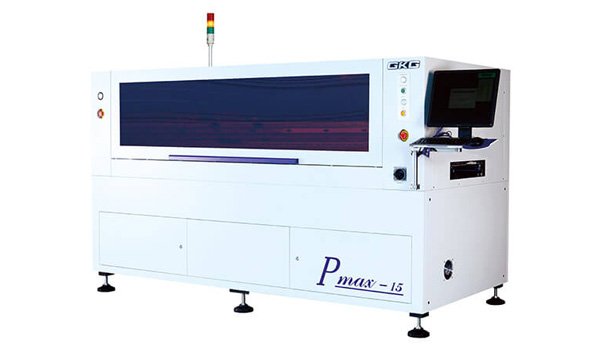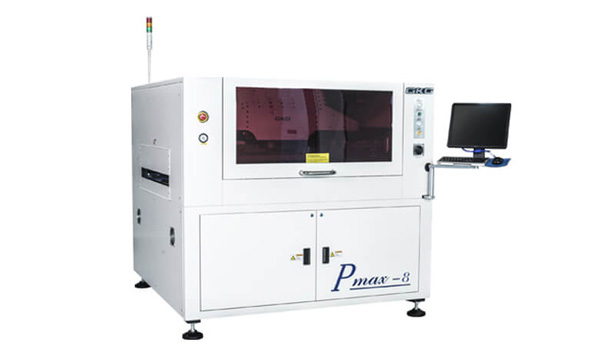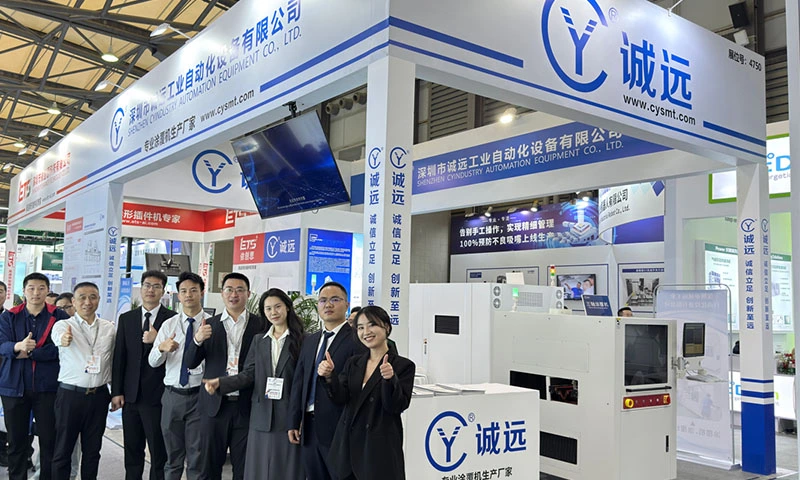How a High-Precision Solder Paste Printer Improves SMT Assembly Efficiency
This printer boosts SMT efficiency with ±15µm accuracy, eliminating misprints and rework. Vision-guided alignment and auto-stencil cleaning ensure flawless paste deposits for 01005 components and 0.3mm-pitch BGAs. Instant setup changes via recipe storage slash downtime between batches, while 3D SPI integration detects defects in real-time, reducing scrap by 95%. Optimized paste release minimizes waste, cutting material costs by 20%. Compliant with IPC-7525 standards, it accelerates throughput in automotive, medical, and 5G manufacturing—where speed, precision, and zero-defect outcomes drive competitive advantage in high-volume PCB assembly.
Solder Paste Printer Selection Guide: Ensuring Accuracy for Fine-Pitch Components
Choose printers with ±15µm accuracy, vision alignment, and auto-stencil calibration to handle 01005 components or 0.3mm-pitch BGAs. Prioritize closed-loop pressure control for consistent paste release, avoiding bridging or insufficient deposits. 3D SPI integration detects volume deviations in real time, reducing defects by 90%. Opt for quick-change stencil systems and recipe storage to minimize setup time for high-mix production. Ensure compliance with IPC-7525 standards and compatibility with no-clean/halogen-free pastes. Ideal for wearables, medical devices, and automotive ADAS, the right printer guarantees flawless SMT starts—where micron-level precision defines assembly success.


